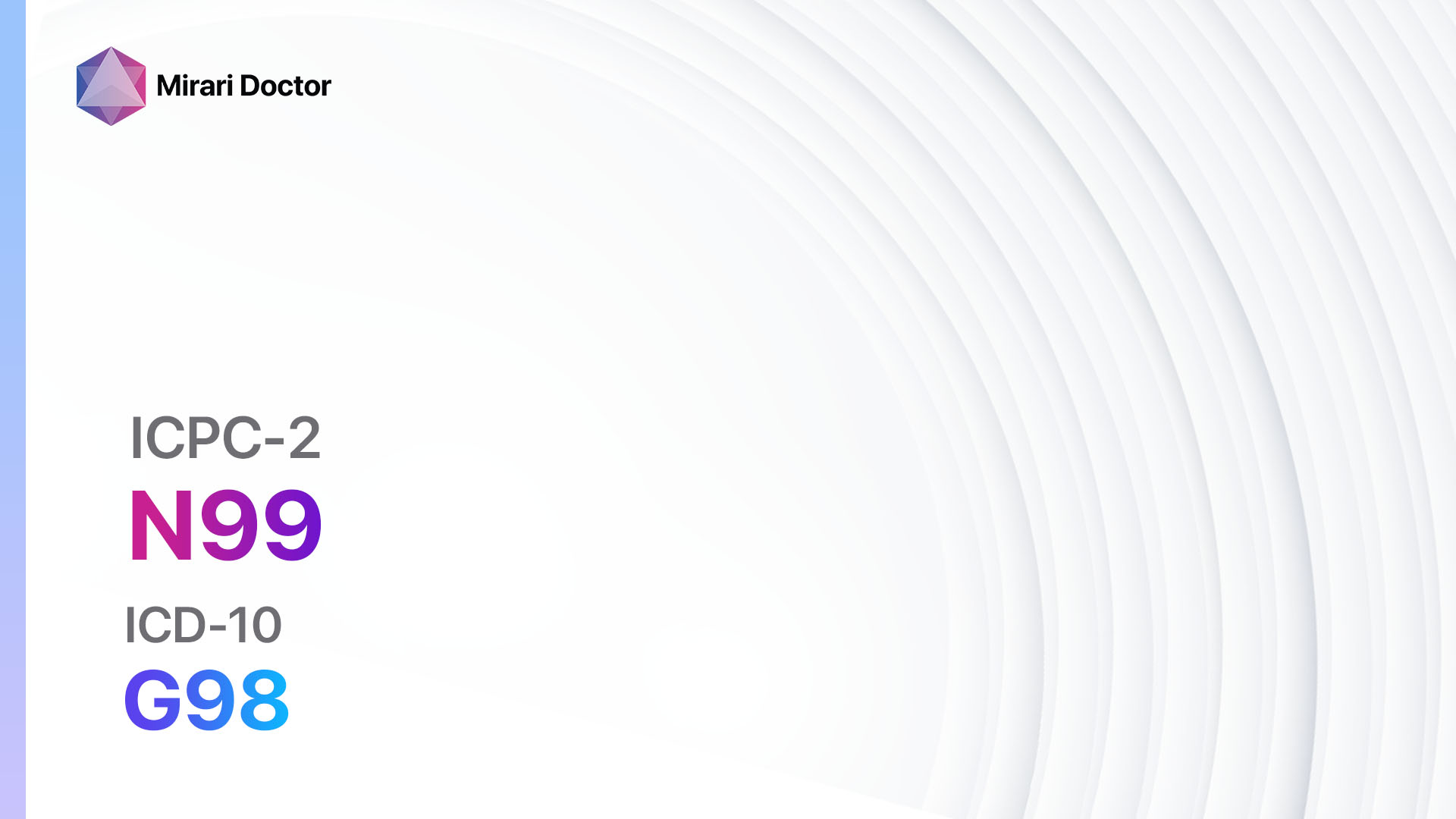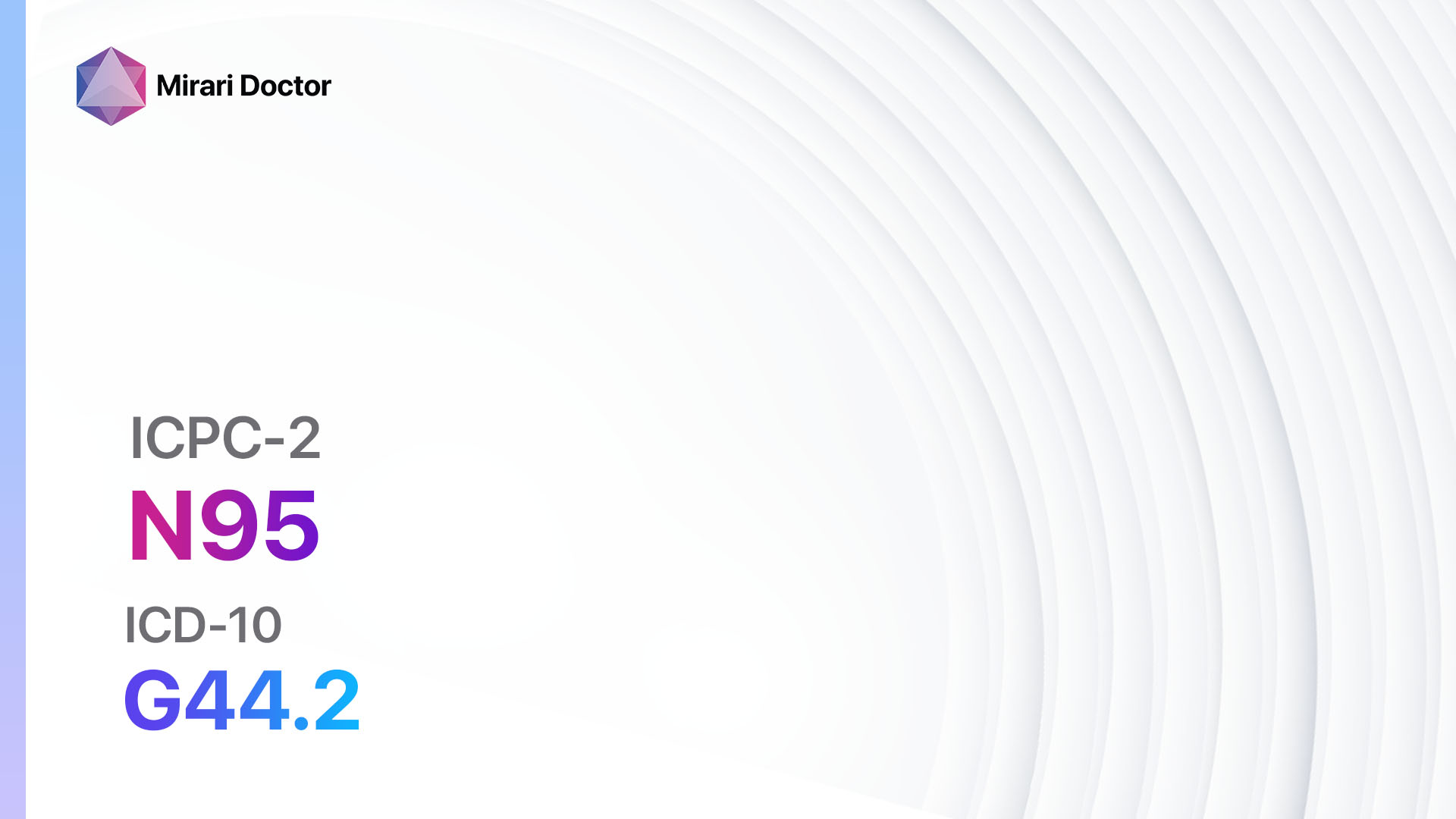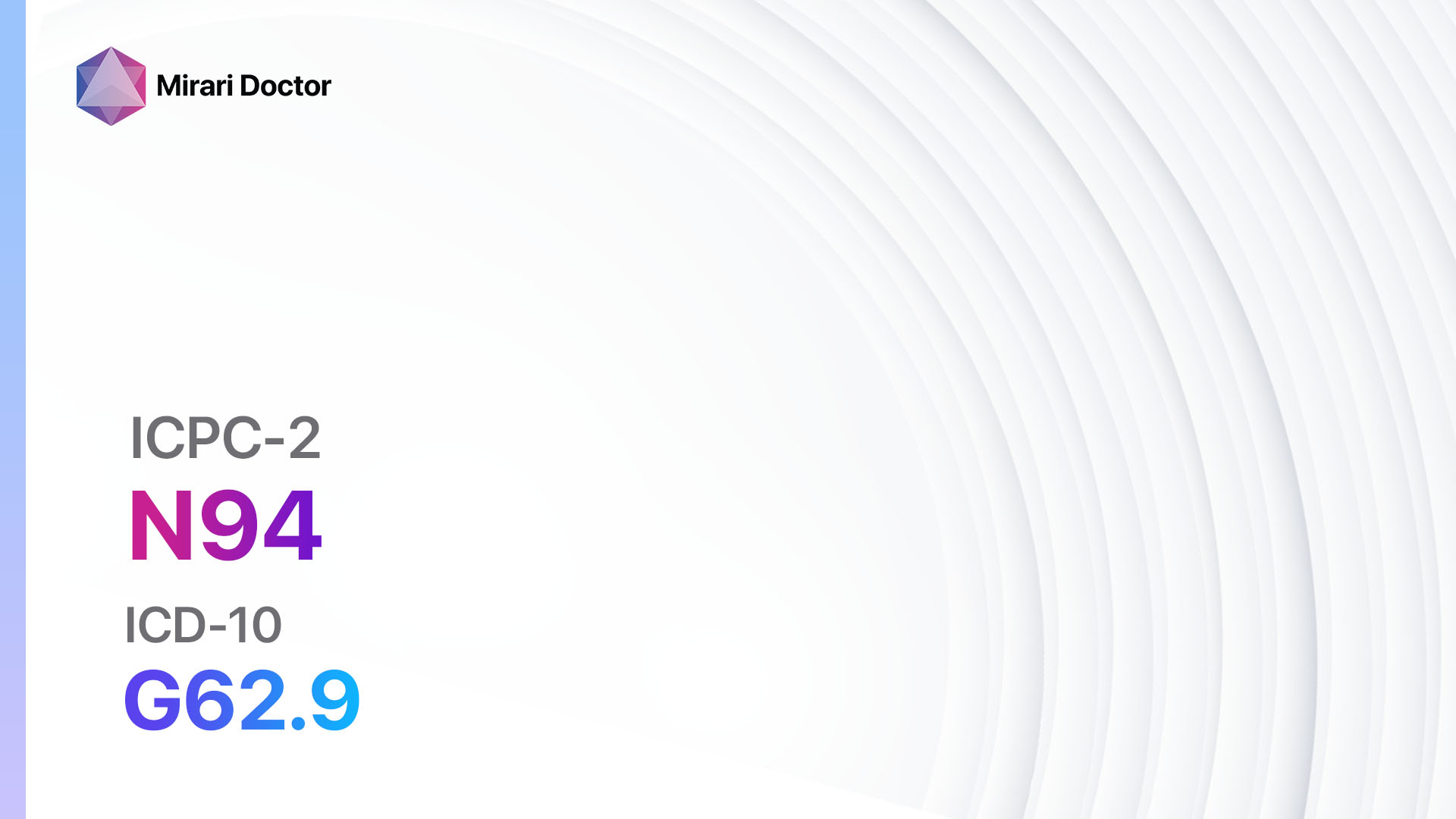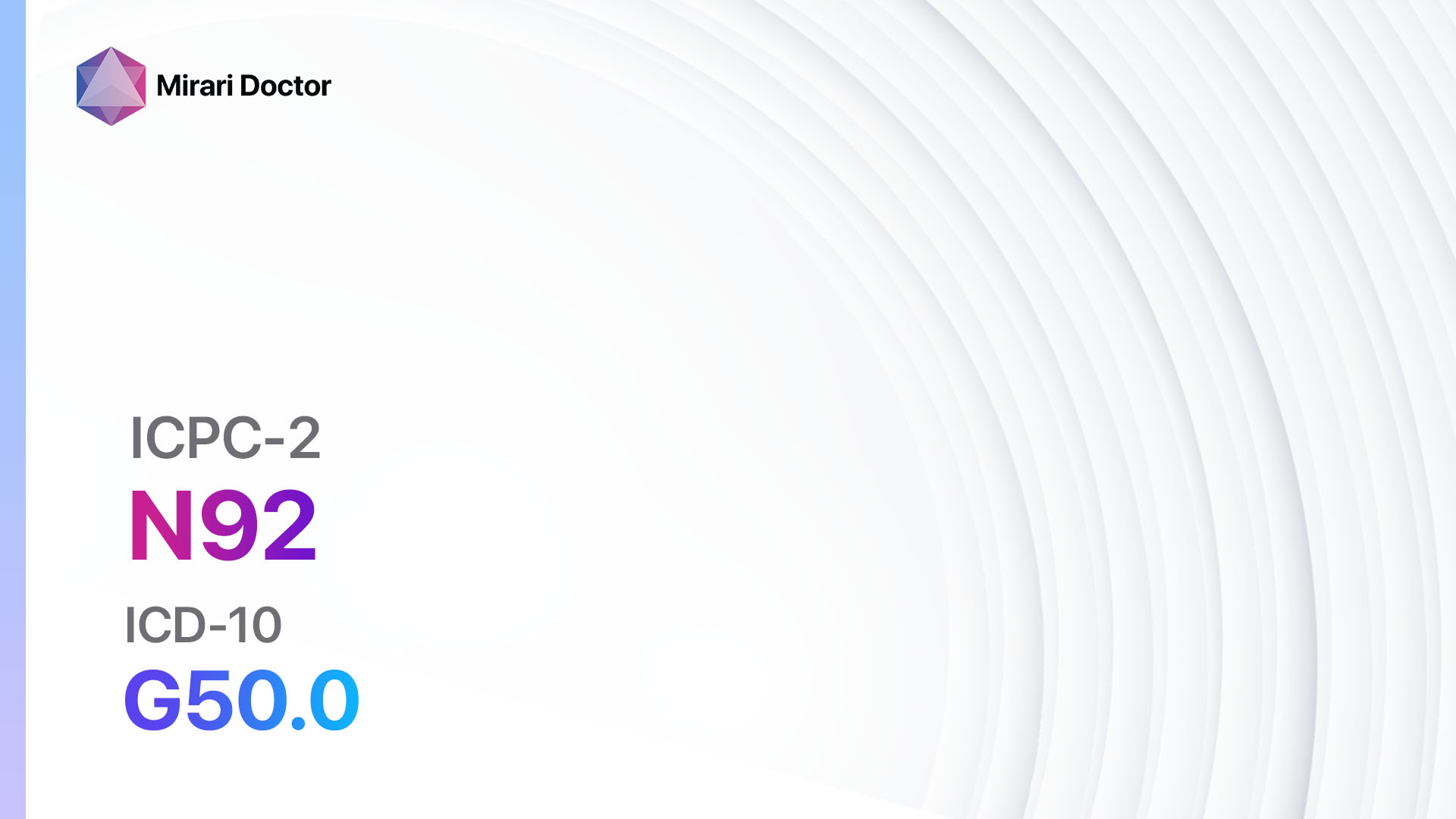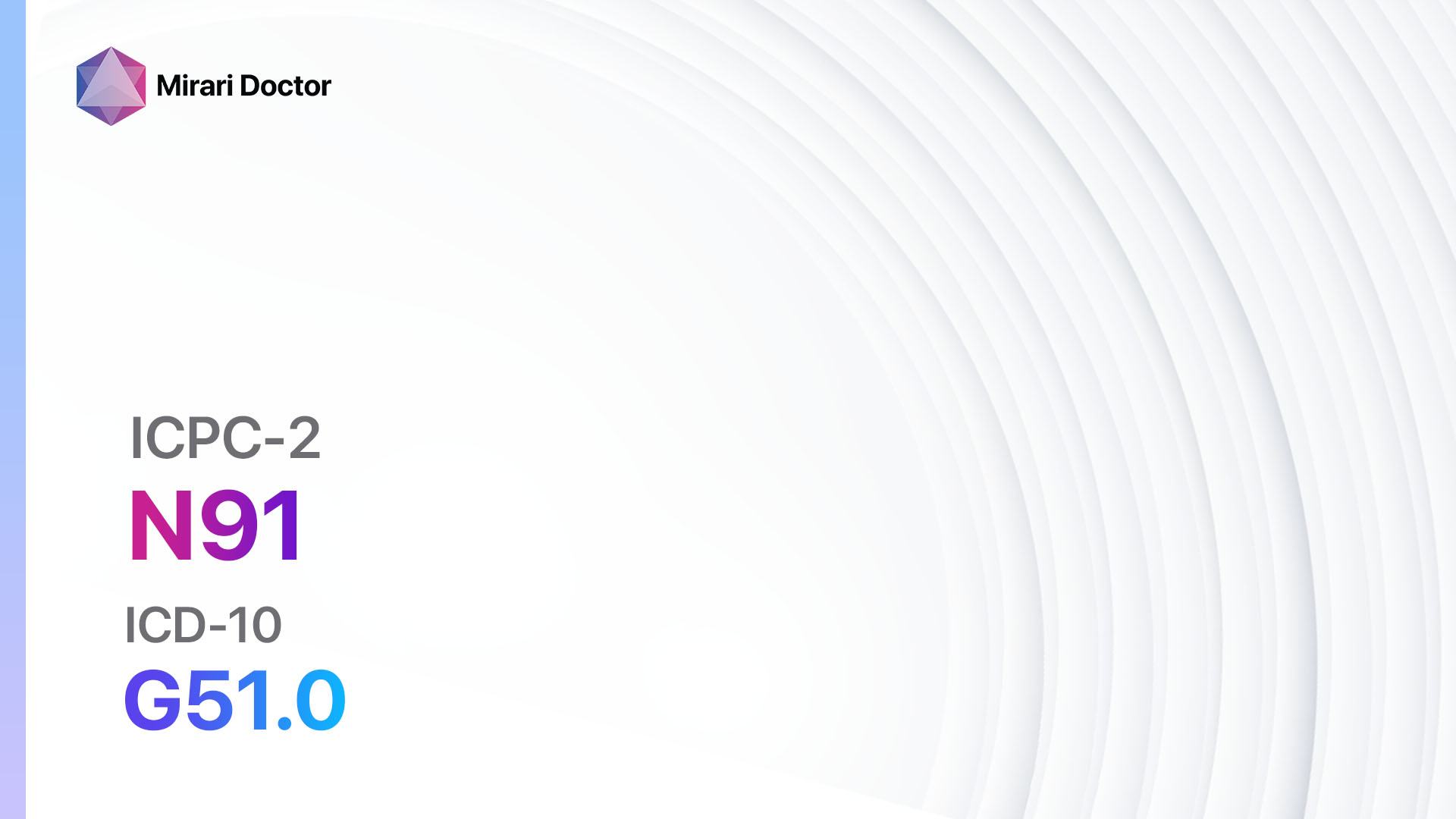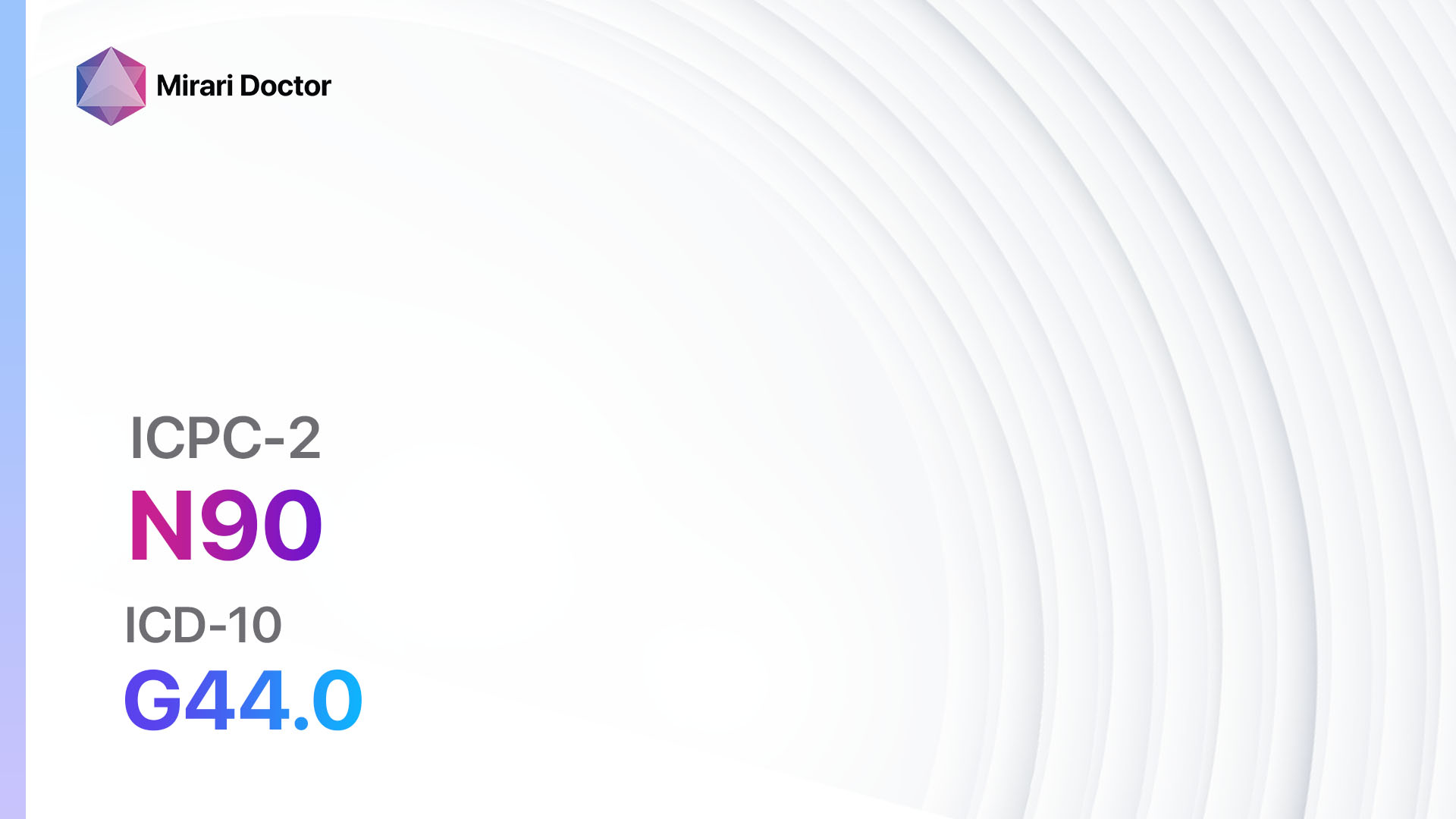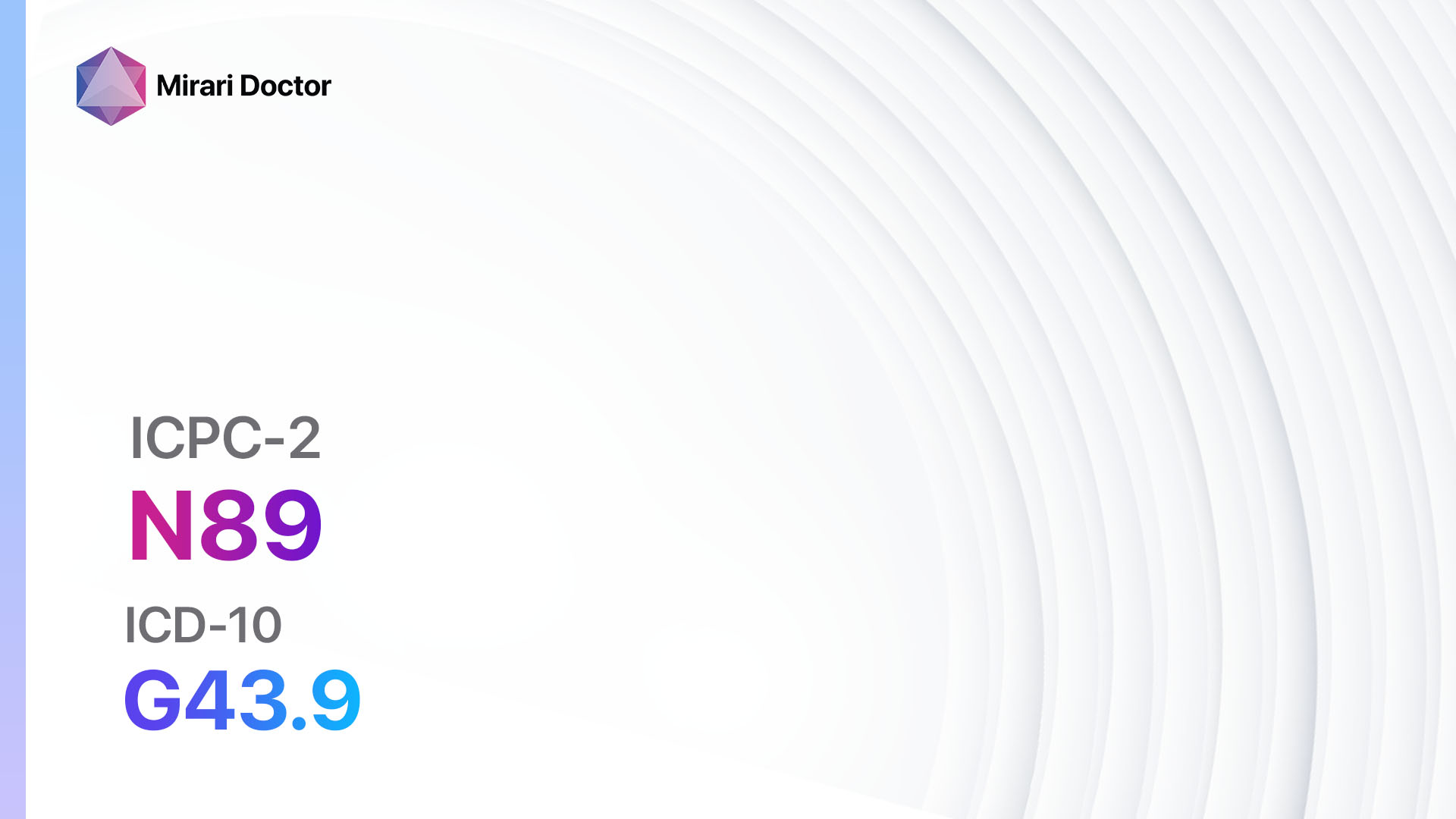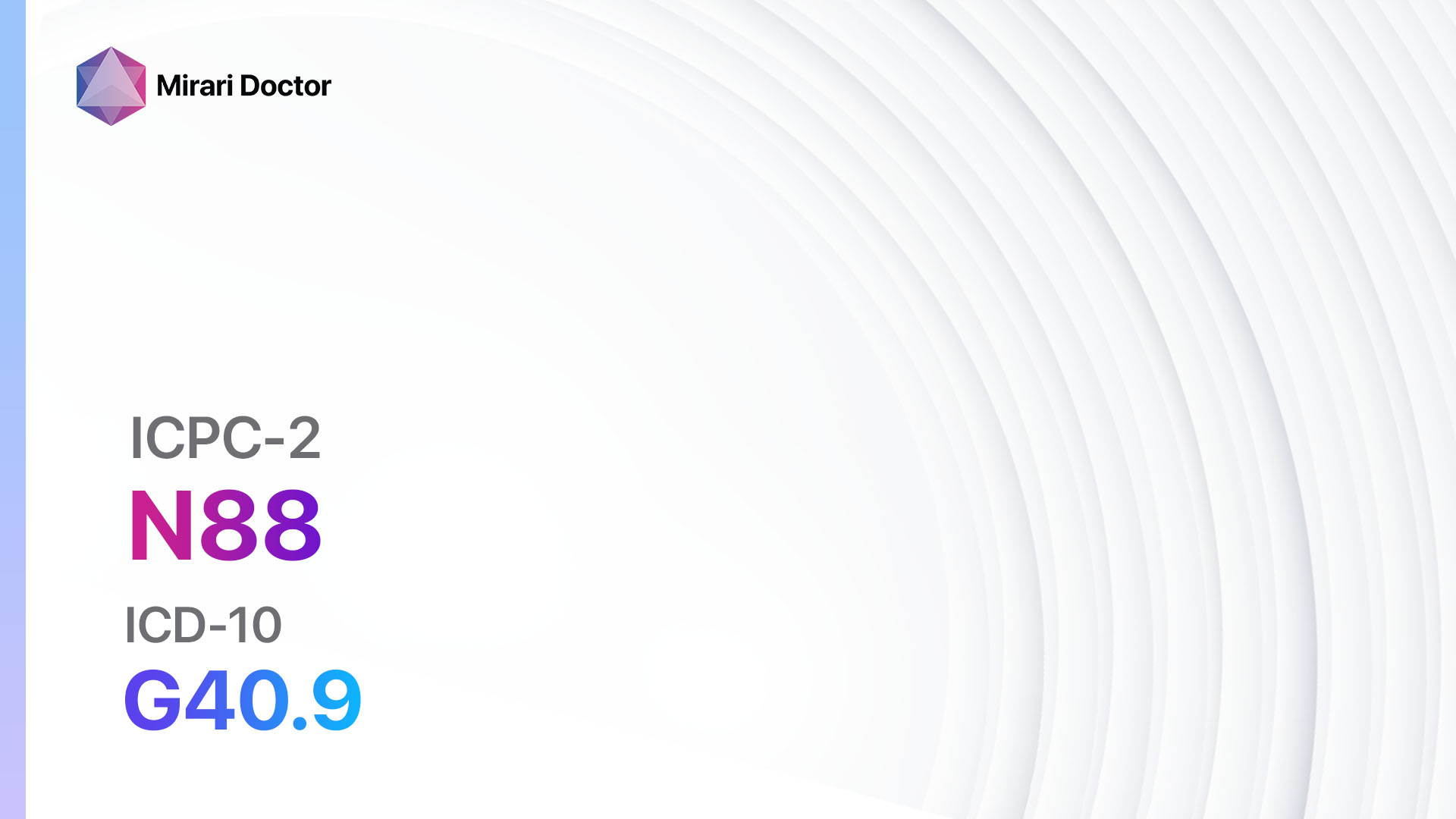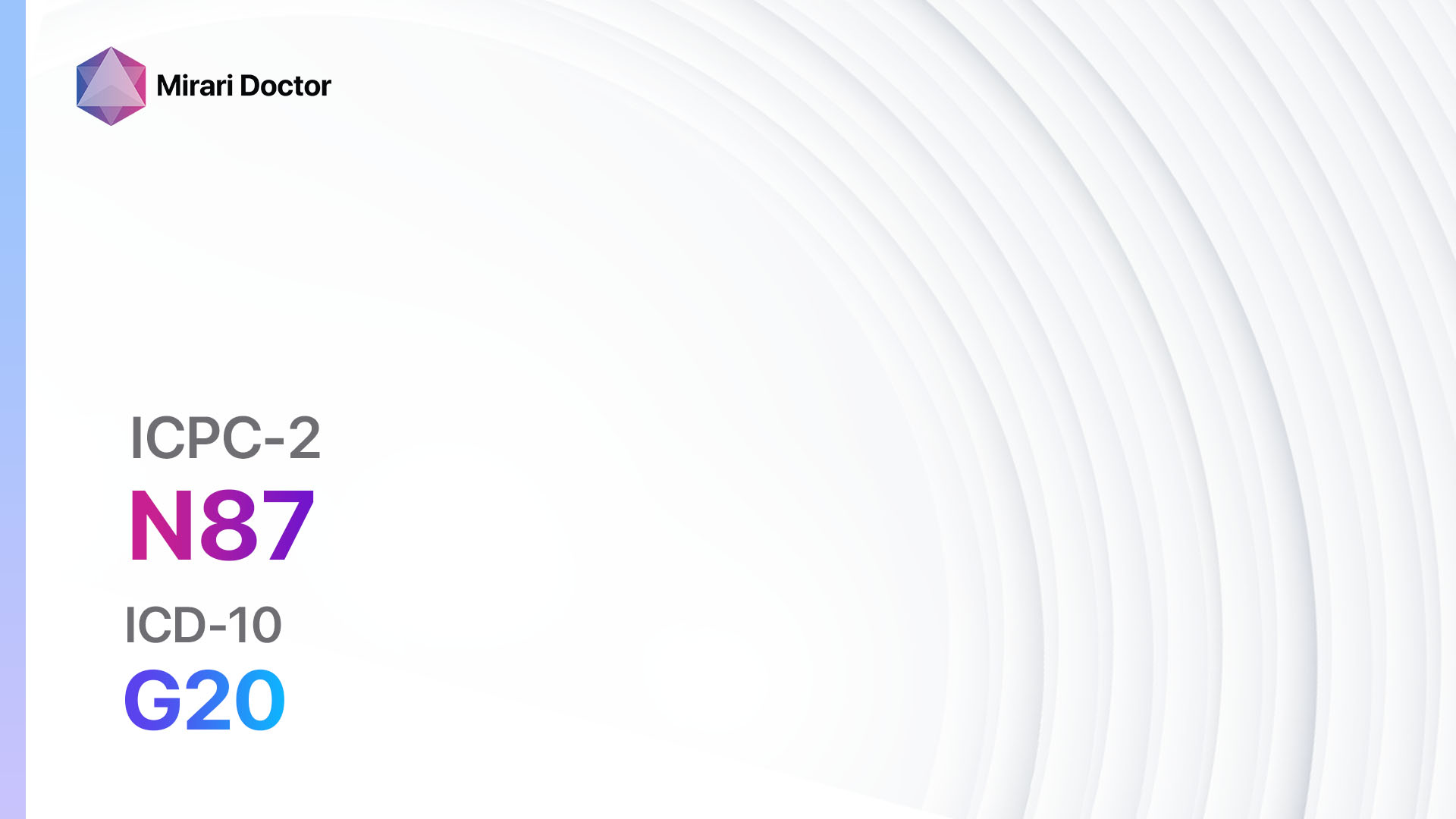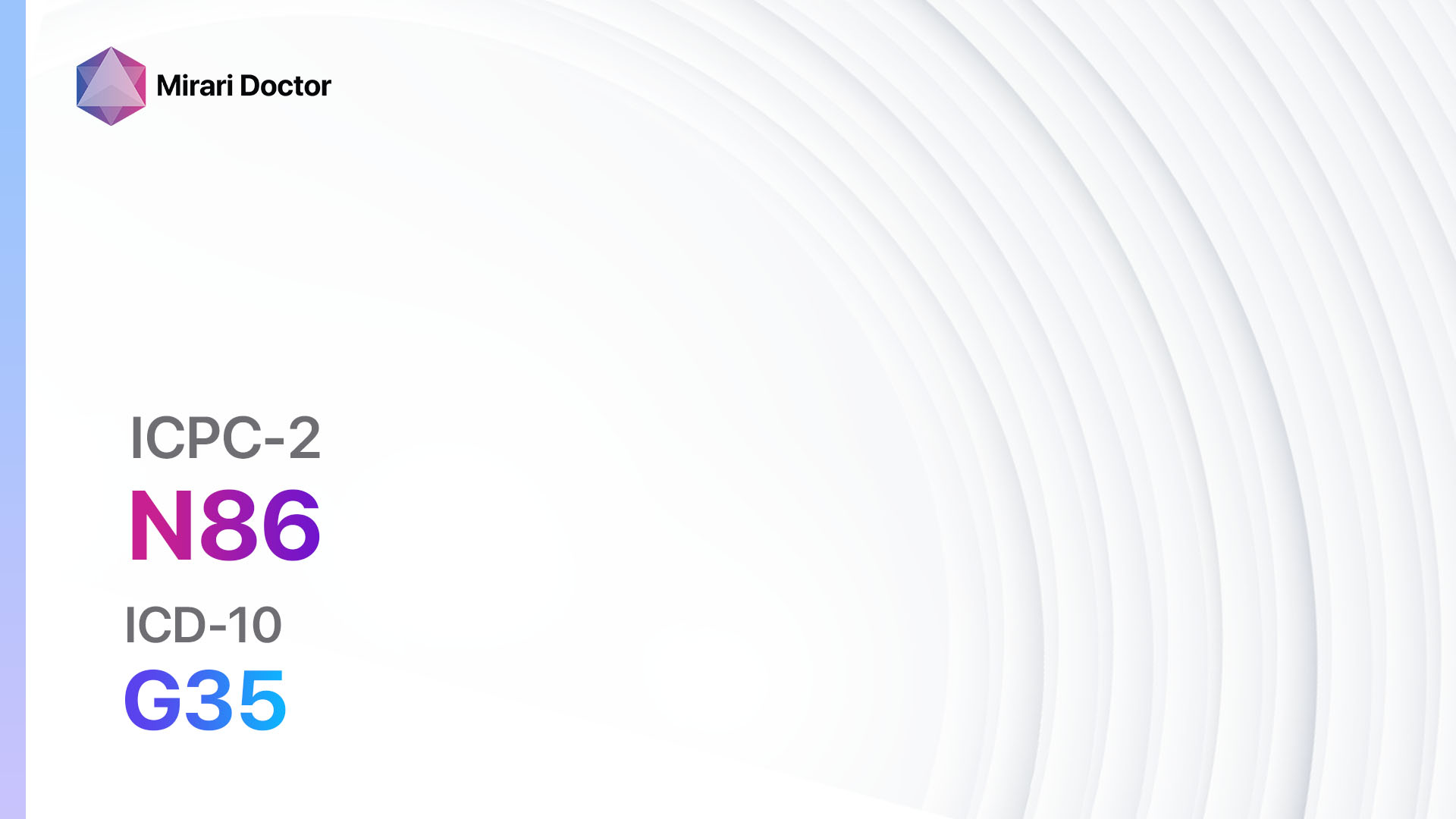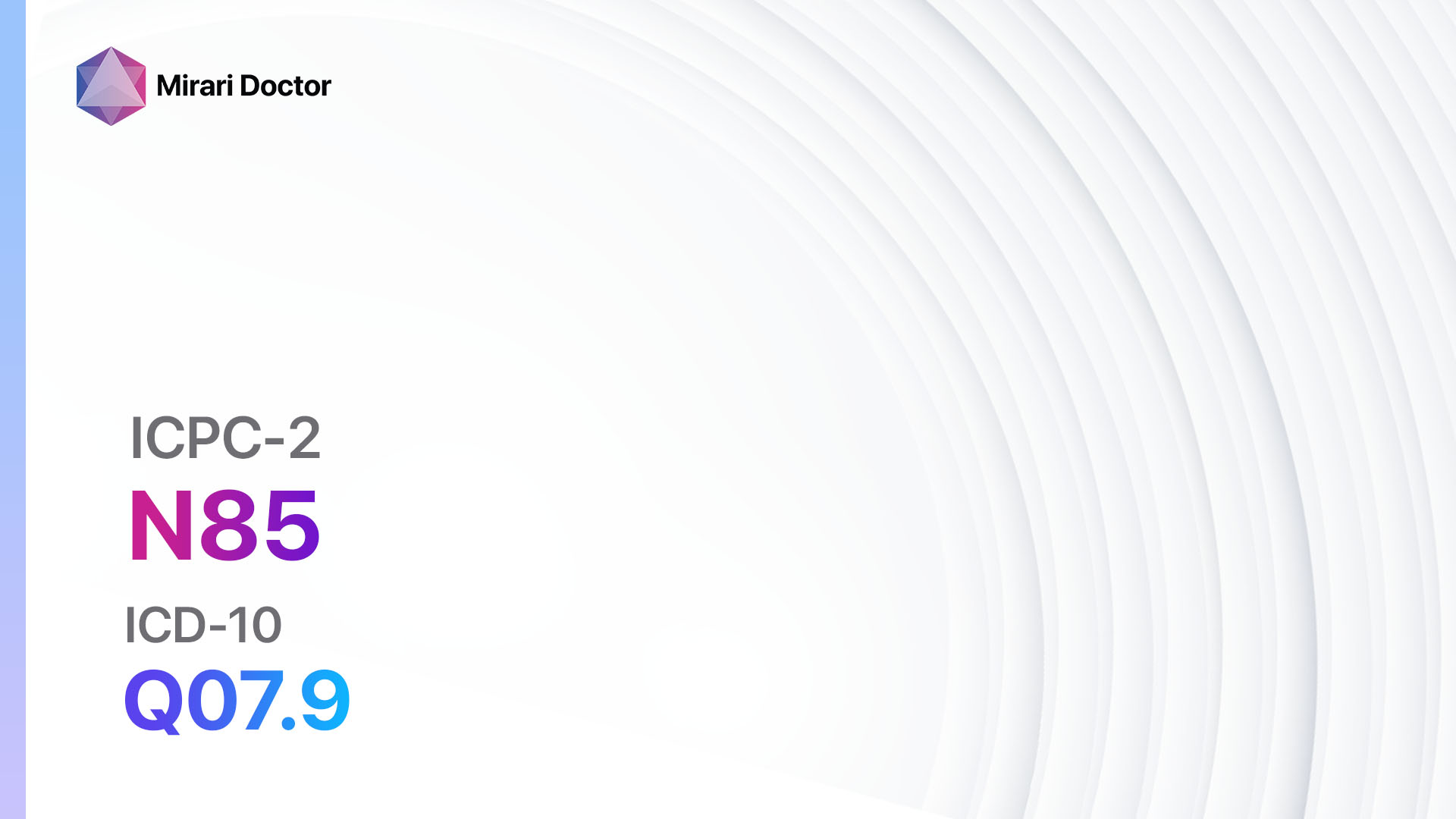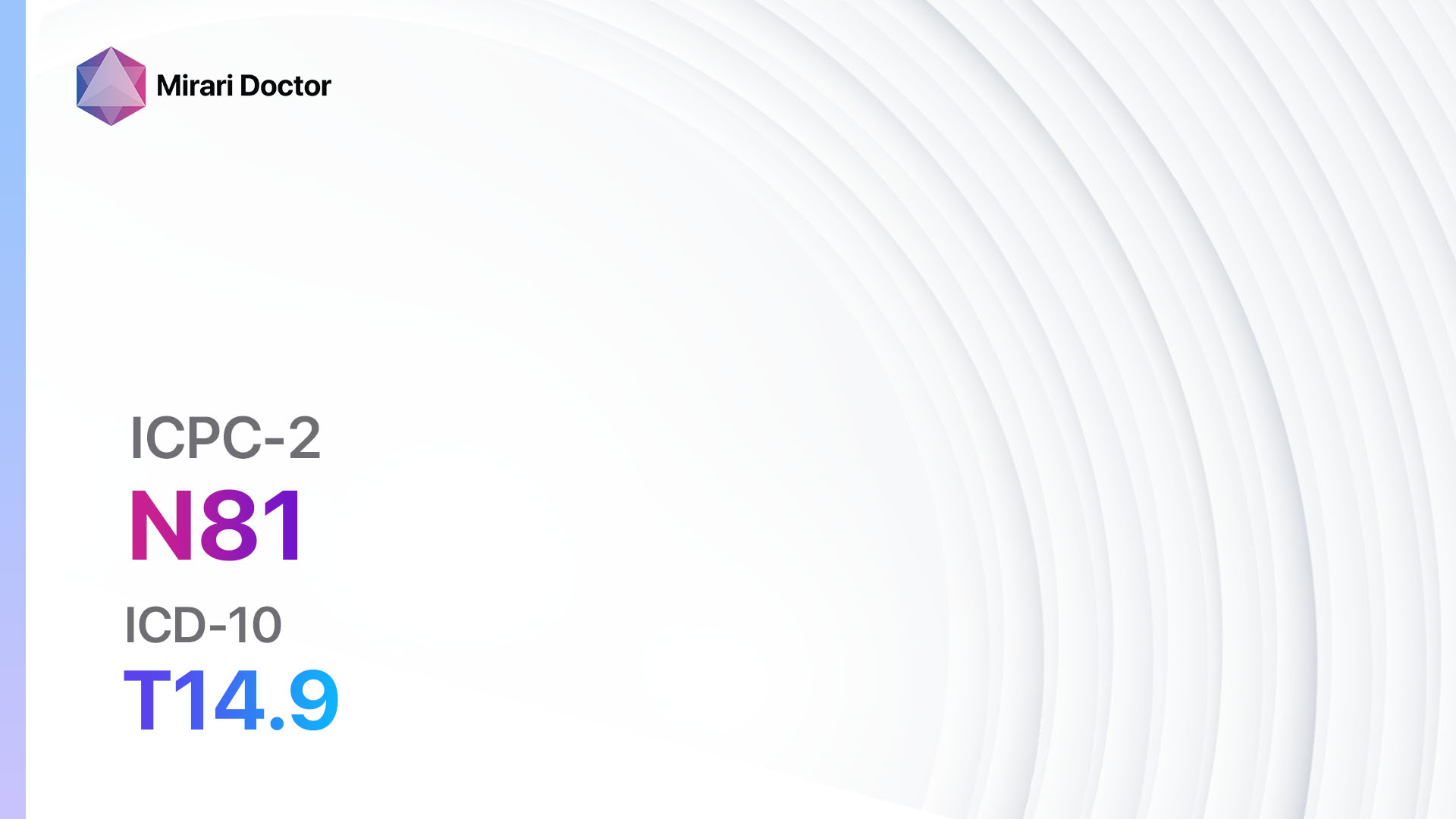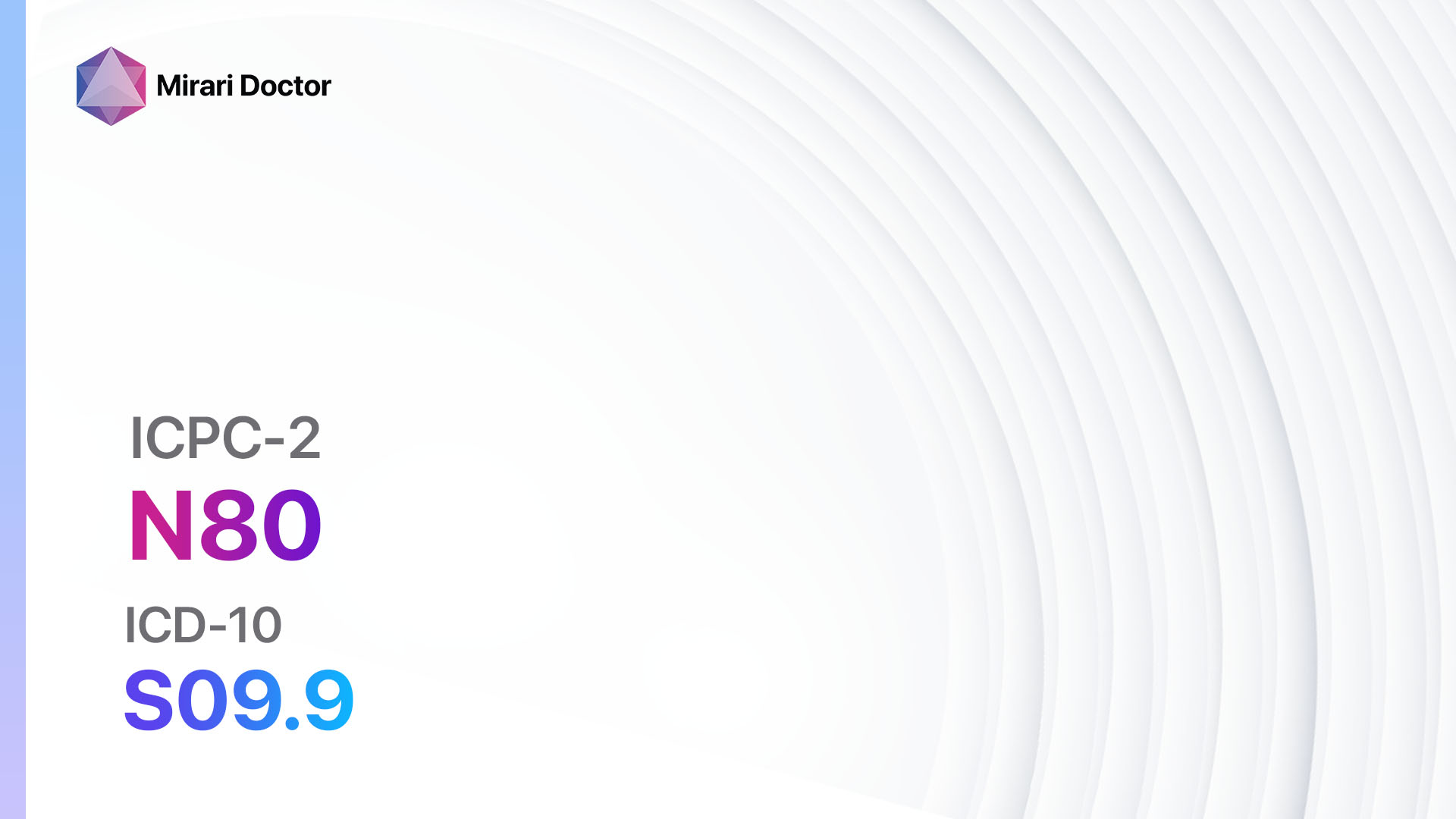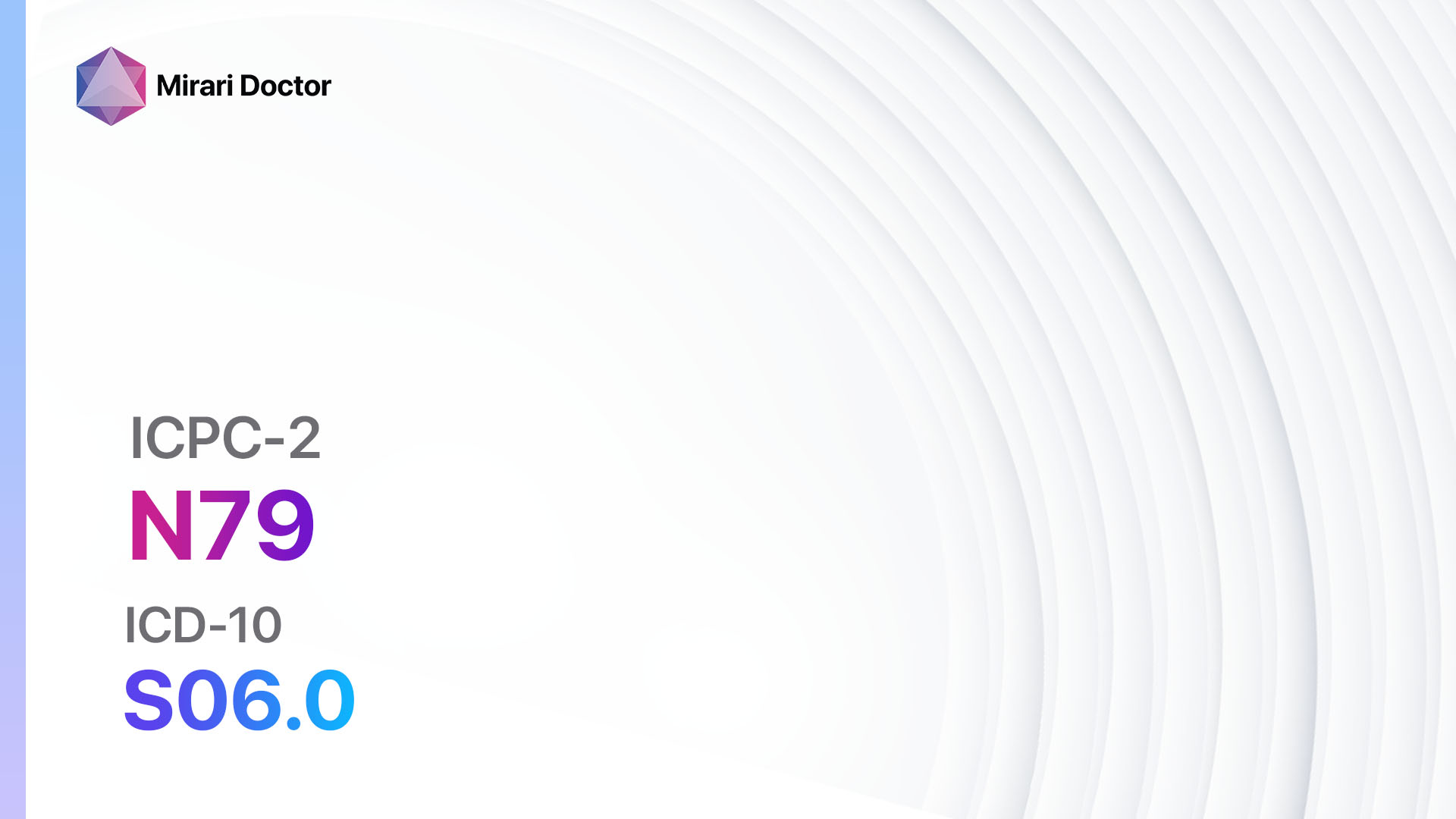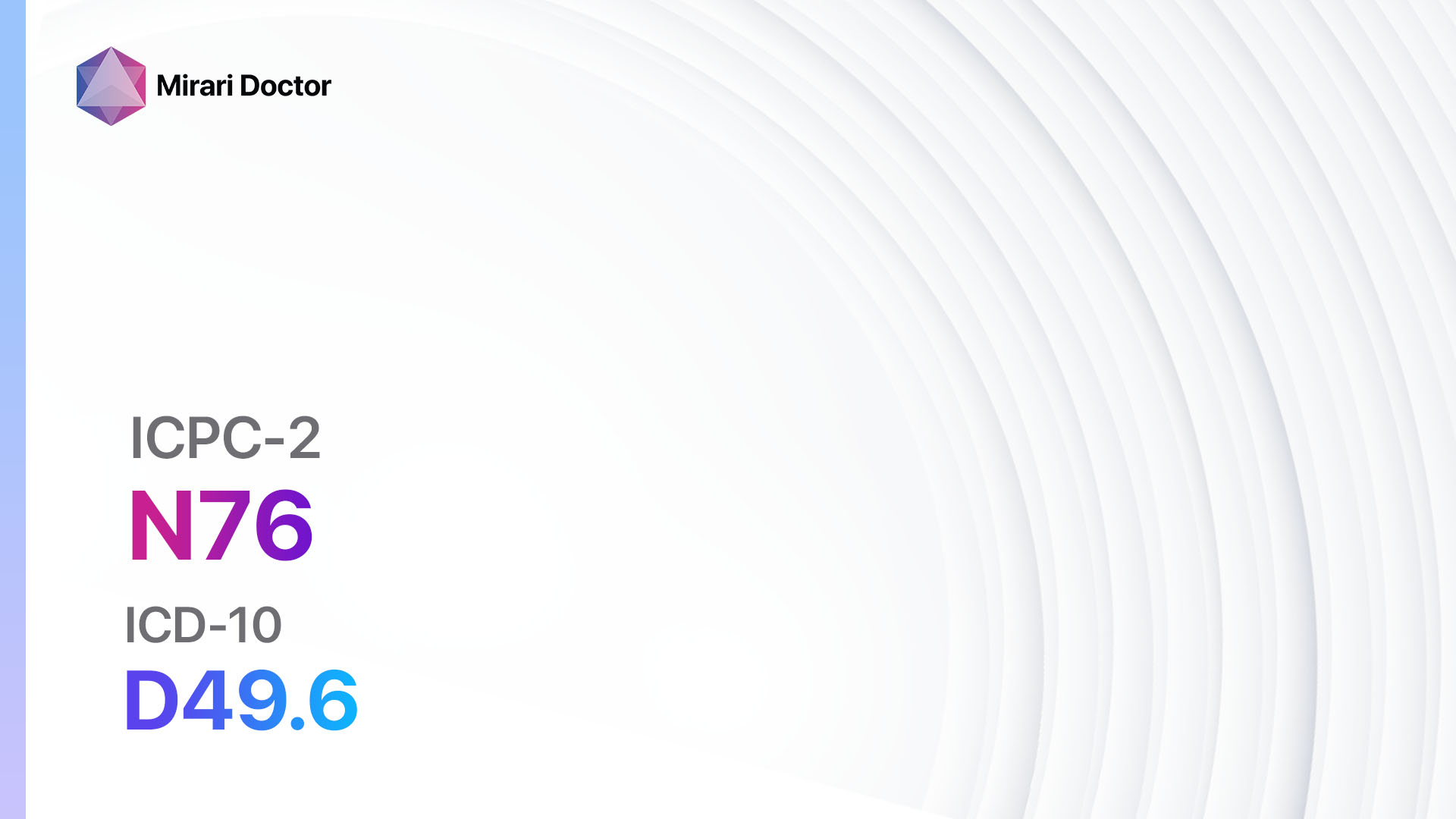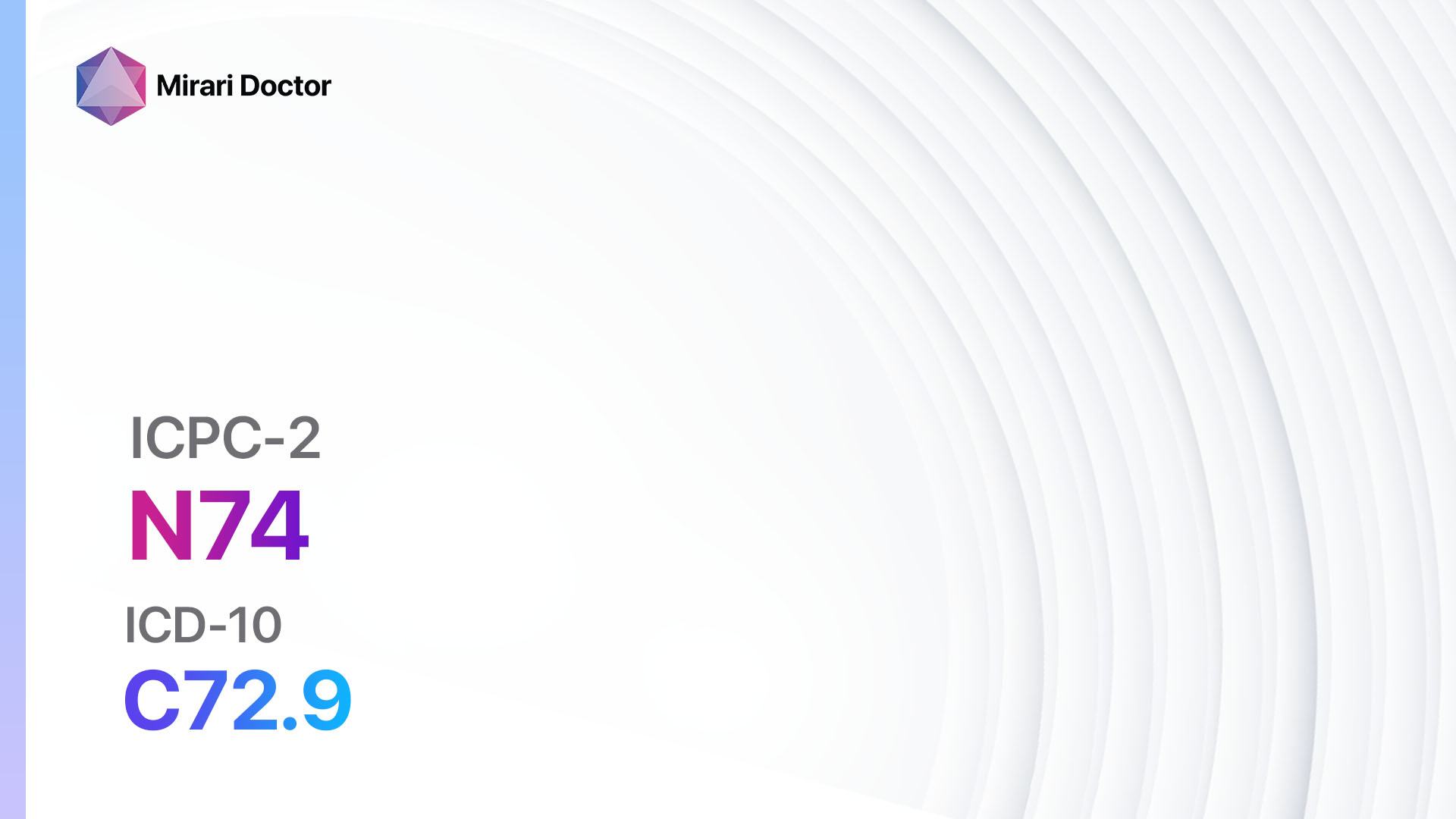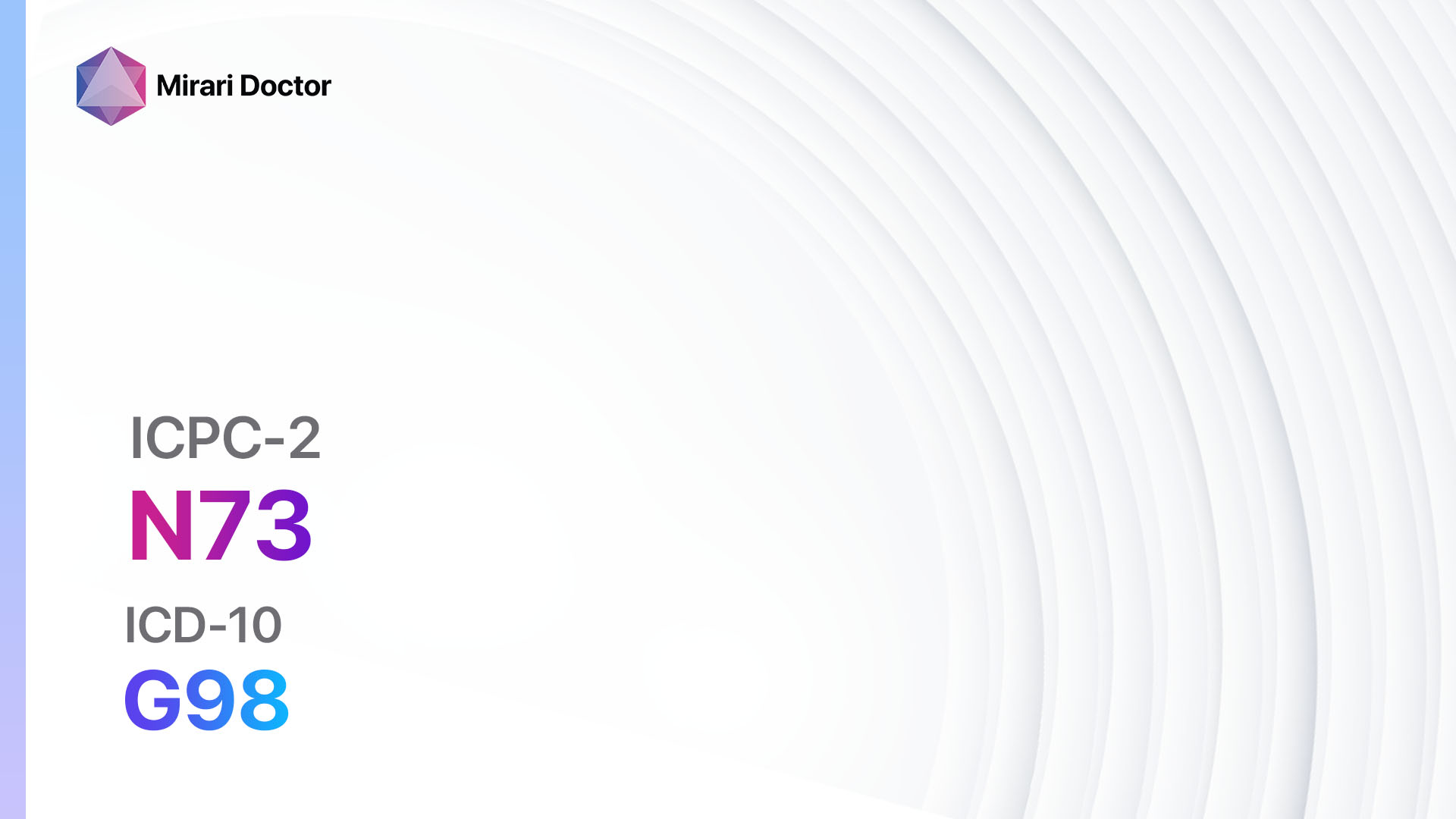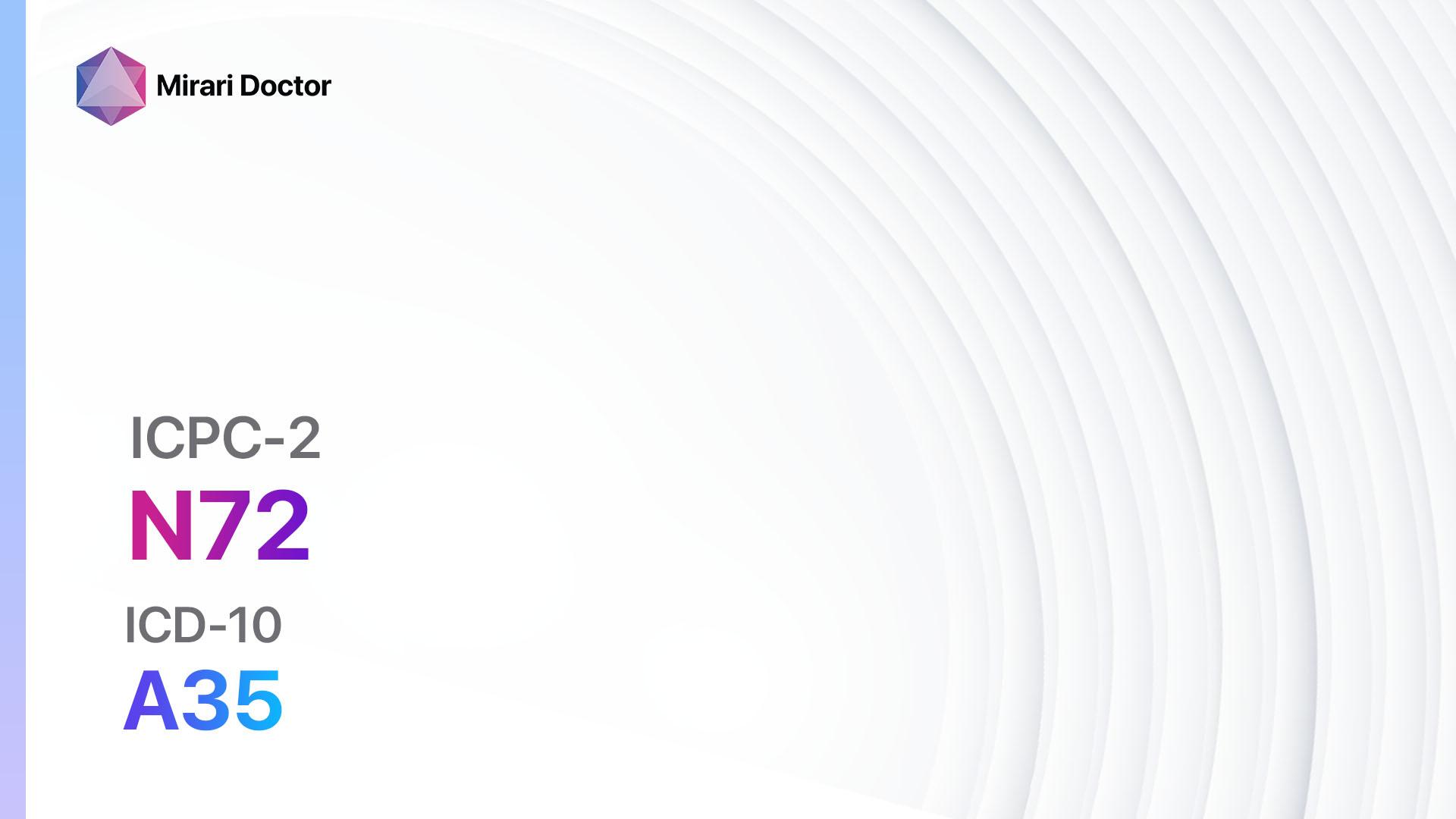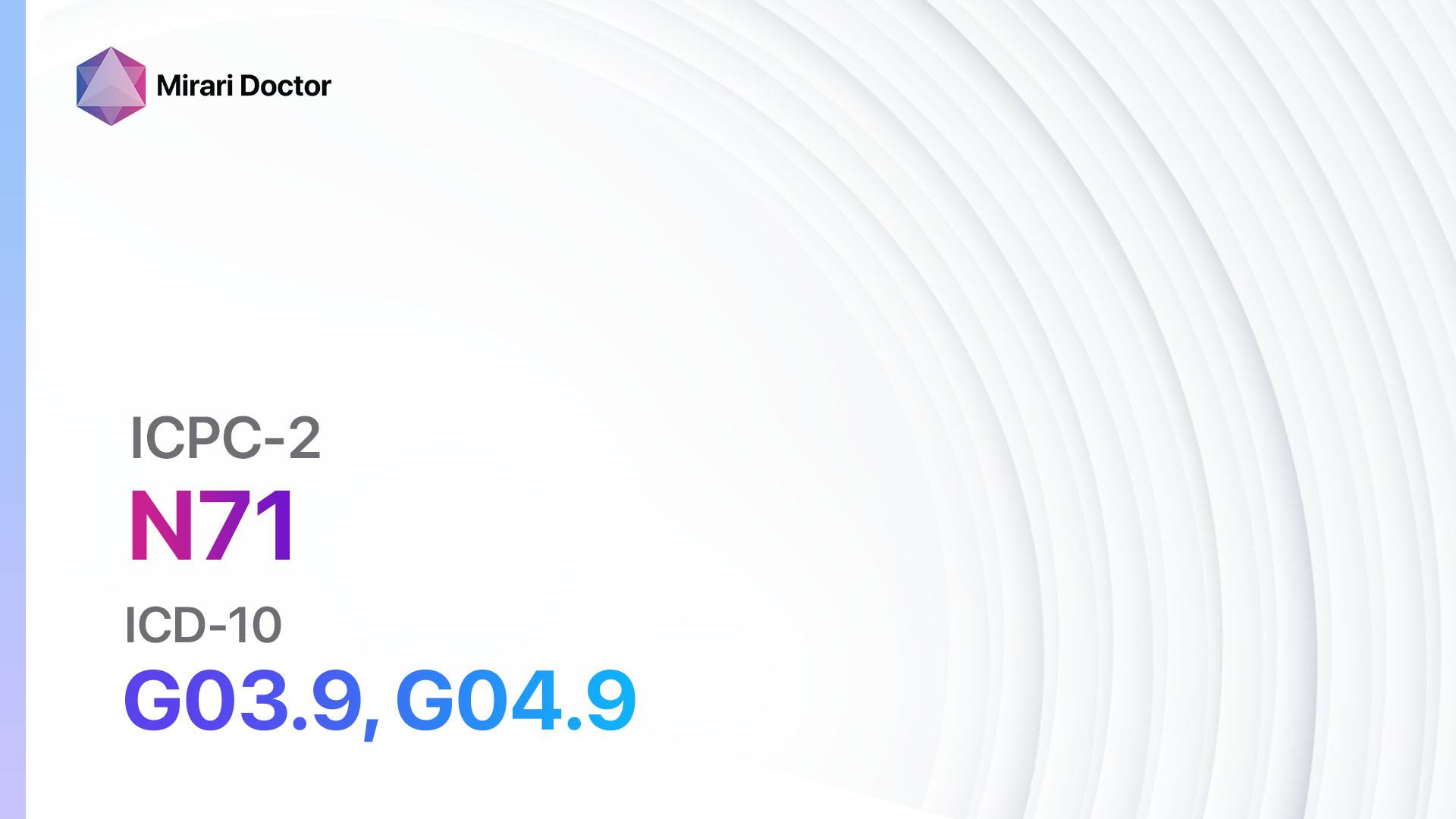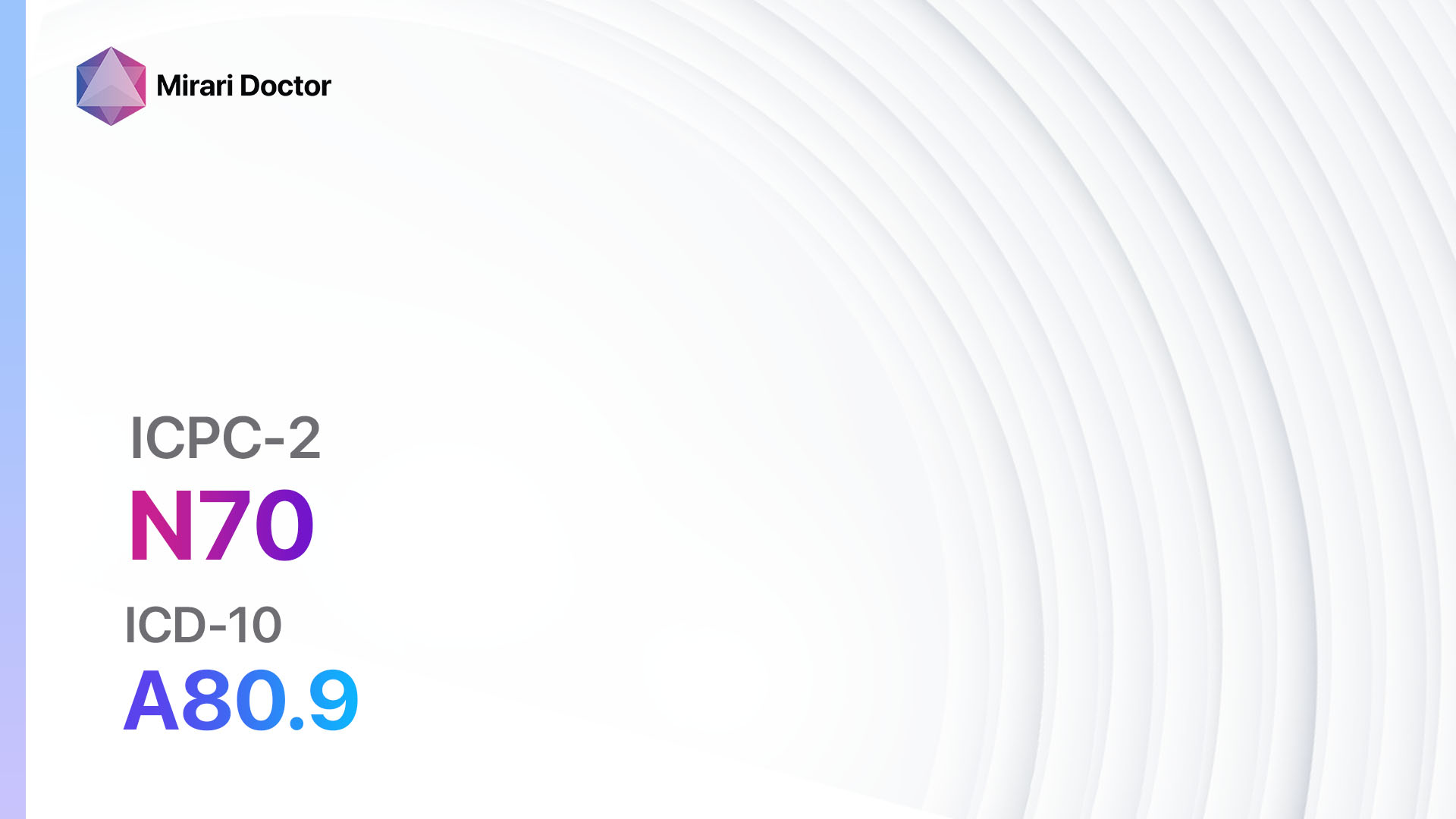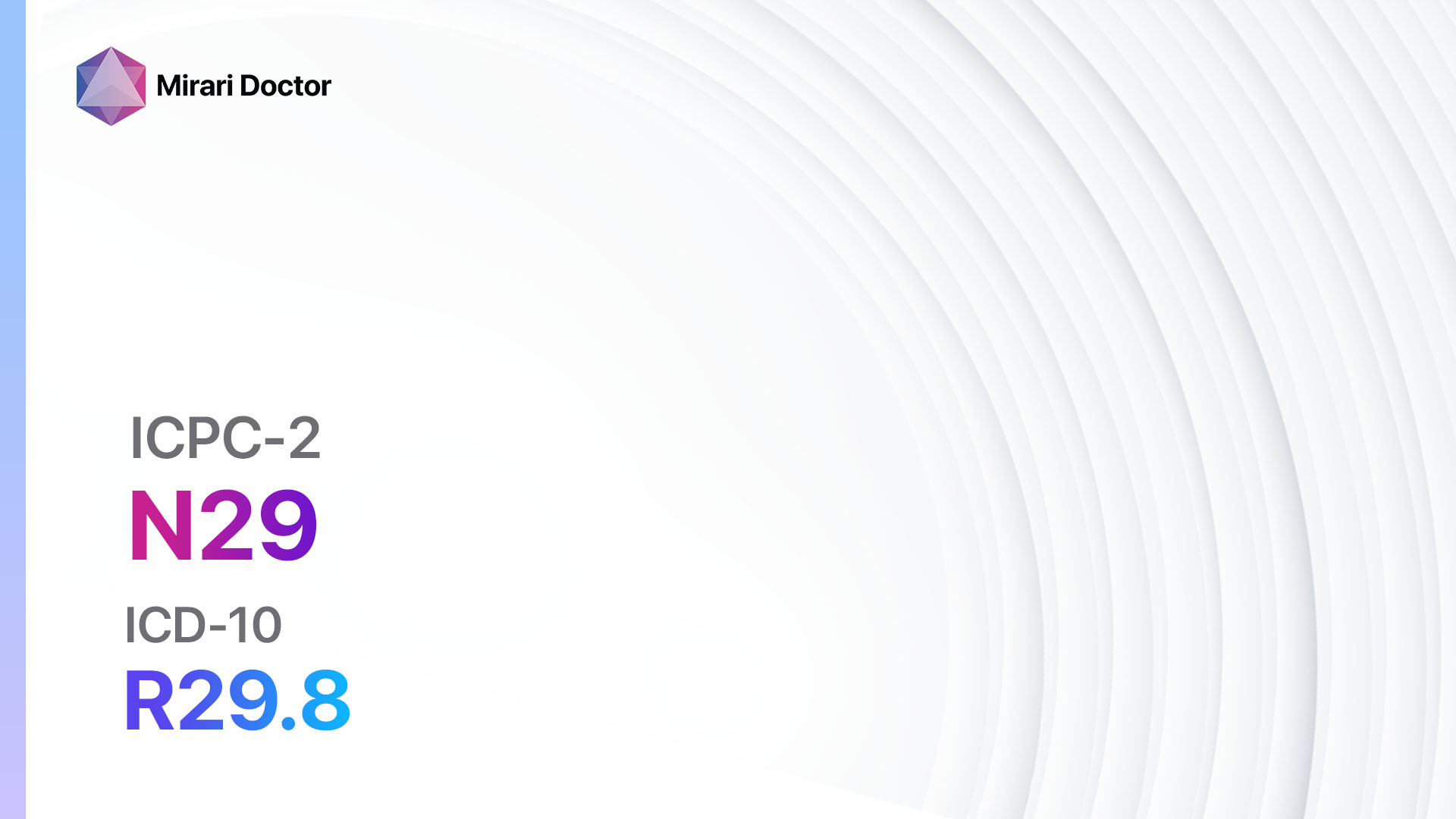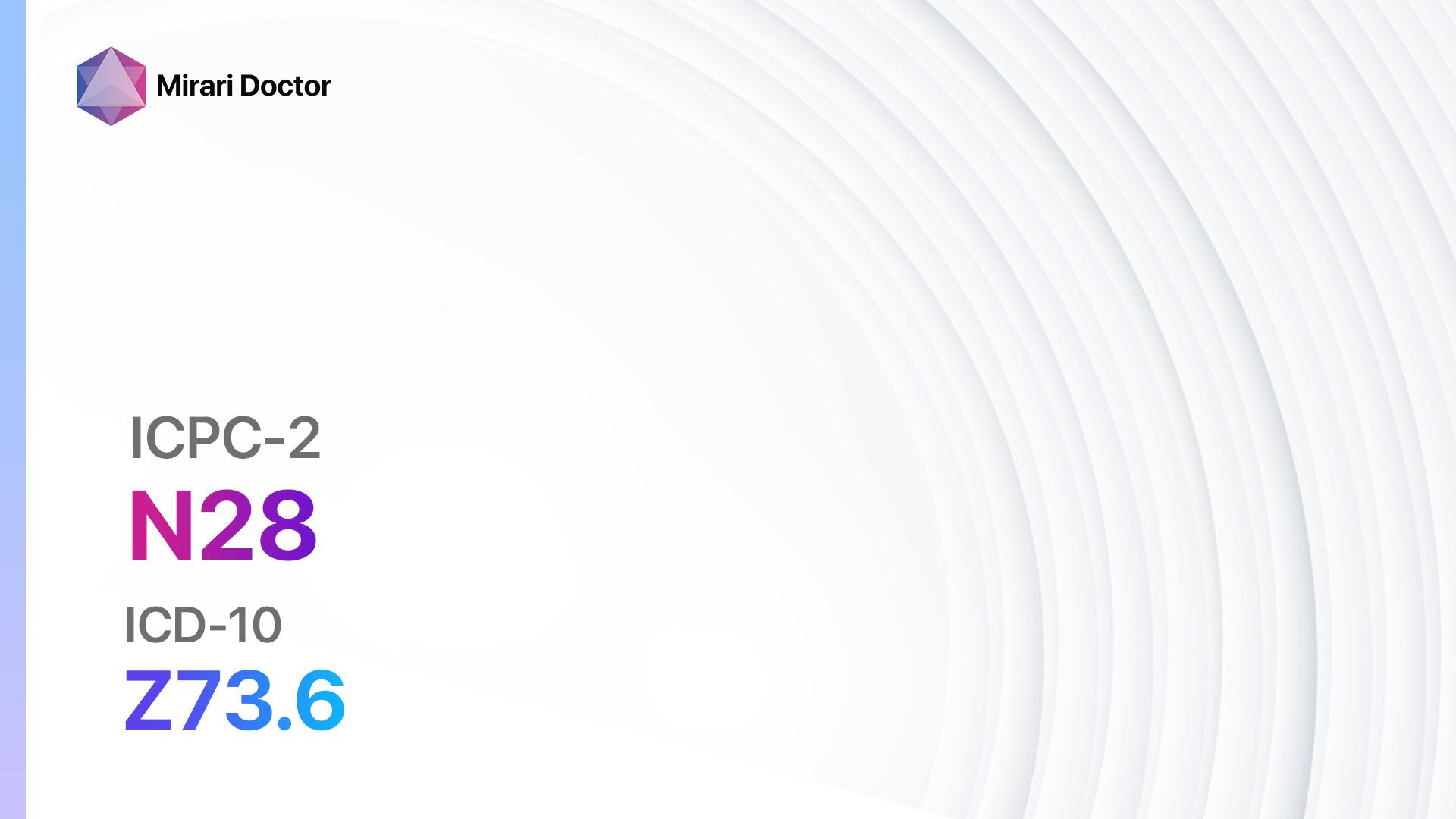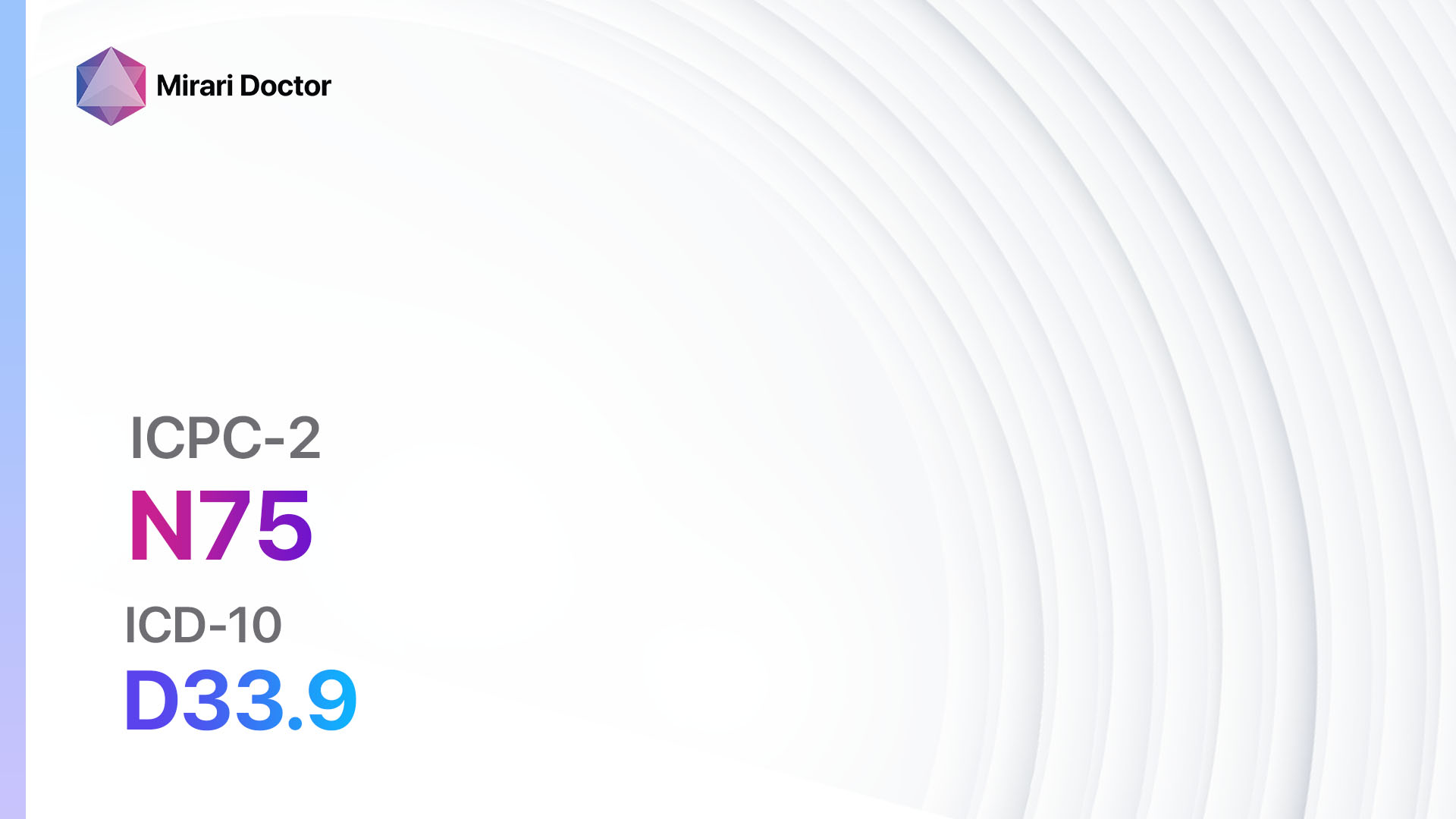
Introduction
Benign neoplasms of the nervous system are non-cancerous growths that can occur in various parts of the central or peripheral nervous system. While these tumors are not cancerous, they can still cause symptoms and complications depending on their location and size. The aim of this guide is to provide an overview of the symptoms, causes, diagnostic steps, possible interventions, and lifestyle interventions for benign neoplasms of the nervous system.
Codes
– ICPC-2 Code: N75 Benign neoplasm nervous system
– ICD-10 Code: D33.9 Benign neoplasm of central nervous system, unspecified
Symptoms
- Headaches: Persistent or worsening headaches, especially in the morning.
- Seizures: Unexplained seizures or convulsions.
- Neurological deficits: Weakness, numbness, or tingling in the limbs.
- Changes in vision or hearing: Blurred vision, double vision, or hearing loss.
- Cognitive changes: Memory problems, confusion, or personality changes.
Causes
- Genetic factors: Certain genetic conditions, such as neurofibromatosis or tuberous sclerosis, can increase the risk of developing benign neoplasms of the nervous system.
- Environmental factors: Exposure to certain chemicals or radiation may also play a role in the development of these tumors.
Diagnostic Steps
Medical History
- Gather information about the patient’s symptoms, including the onset, duration, and progression.
- Identify any risk factors, such as a family history of benign neoplasms or exposure to radiation.
- Assess for any underlying medical conditions that may contribute to the development of these tumors.
Physical Examination
- Perform a thorough neurological examination to assess for any neurological deficits.
- Check for any signs of increased intracranial pressure, such as papilledema or changes in consciousness.
Laboratory Tests
- Blood tests: Routine blood tests may be done to assess overall health and rule out other potential causes of symptoms.
- Genetic testing: In cases where a genetic condition is suspected, genetic testing may be recommended to confirm the diagnosis.
Diagnostic Imaging
- Magnetic Resonance Imaging (MRI): This imaging modality is the gold standard for visualizing and assessing benign neoplasms of the nervous system. It provides detailed images of the brain and spinal cord, allowing for accurate diagnosis and characterization of the tumors.
- Computed Tomography (CT) scan: CT scans may be used in certain cases to provide additional information about the size and location of the tumors.
Other Tests
- Biopsy: In some cases, a biopsy may be necessary to confirm the diagnosis and determine the specific type of benign neoplasm.
- Electroencephalogram (EEG): EEG may be performed to assess for abnormal electrical activity in the brain, especially in cases where seizures are present.
Follow-up and Patient Education
- Schedule regular follow-up appointments to monitor the growth and progression of the benign neoplasm.
- Educate the patient about the signs and symptoms of potential complications and when to seek medical attention.
Possible Interventions
Traditional Interventions
Medications:
Top 5 drugs for Benign neoplasm nervous system:
- Corticosteroids (e.g., Dexamethasone, Prednisone):
- Cost: Generic versions can be $3-$50/month.
- Contraindications: Active infections, systemic fungal infections.
- Side effects: Increased appetite, weight gain, mood changes.
- Severe side effects: Adrenal insufficiency, osteoporosis.
- Drug interactions: Nonsteroidal anti-inflammatory drugs (NSAIDs), anticoagulants.
- Warning: Long-term use may require gradual tapering to avoid adrenal insufficiency.
- Antiepileptic drugs (e.g., Carbamazepine, Levetiracetam):
- Cost: Generic versions can be $10-$50/month.
- Contraindications: Hypersensitivity to the drug, bone marrow suppression.
- Side effects: Dizziness, drowsiness, nausea.
- Severe side effects: Stevens-Johnson syndrome, liver toxicity.
- Drug interactions: Oral contraceptives, warfarin.
- Warning: Regular monitoring of blood levels may be required.
- Pain medications (e.g., Acetaminophen, Tramadol):
- Cost: Generic versions can be $3-$20/month.
- Contraindications: Severe liver disease, hypersensitivity to the drug.
- Side effects: Nausea, constipation, drowsiness.
- Severe side effects: Liver toxicity, respiratory depression.
- Drug interactions: Alcohol, other central nervous system depressants.
- Warning: Avoid exceeding the recommended dosage to prevent liver damage.
- Antidepressants (e.g., Sertraline, Amitriptyline):
- Cost: Generic versions can be $4-$30/month.
- Contraindications: Hypersensitivity to the drug, recent myocardial infarction.
- Side effects: Nausea, dry mouth, drowsiness.
- Severe side effects: Serotonin syndrome, suicidal thoughts.
- Drug interactions: Monoamine oxidase inhibitors (MAOIs), other serotonergic drugs.
- Warning: Monitor for signs of worsening depression or suicidal ideation.
- Anticonvulsants (e.g., Gabapentin, Pregabalin):
- Cost: Generic versions can be $10-$50/month.
- Contraindications: Hypersensitivity to the drug, renal impairment.
- Side effects: Dizziness, fatigue, weight gain.
- Severe side effects: Angioedema, suicidal thoughts.
- Drug interactions: Opioids, alcohol.
- Warning: Regular monitoring of renal function may be required.
Alternative Drugs:
- Radiosurgery: A non-invasive procedure that uses focused radiation beams to target and destroy the tumor cells. Cost: $10,000 to $50,000.
- Chemotherapy: In some cases, chemotherapy may be used to shrink or slow the growth of the tumor. Cost: Varies depending on the specific drugs used.
- Surgical resection: Surgical removal of the tumor may be considered in cases where it is accessible and causing significant symptoms. Cost: $20,000 to $100,000.
Surgical Procedures:
- Craniotomy: A surgical procedure in which a section of the skull is removed to access and remove the tumor. Cost: $50,000 to $150,000.
- Stereotactic biopsy: A minimally invasive procedure that uses imaging guidance to obtain a tissue sample for diagnosis. Cost: $10,000 to $30,000.
Alternative Interventions
- Acupuncture: May help alleviate pain and improve overall well-being. Cost: $60-$120 per session.
- Meditation and relaxation techniques: Can help reduce stress and improve quality of life. Cost: Free to minimal cost.
- Herbal supplements: Some herbal supplements, such as turmeric or green tea extract, may have potential benefits in reducing inflammation and promoting overall health. Cost: Varies depending on the specific supplement.
- Dietary modifications: A healthy diet rich in fruits, vegetables, and whole grains can support overall health and well-being. Cost: Varies depending on individual food choices.
- Physical therapy: Can help improve strength, mobility, and overall function. Cost: $50-$150 per session.
Lifestyle Interventions
- Regular exercise: Engaging in regular physical activity can improve overall health and well-being. Cost: Free to minimal cost.
- Stress management: Practicing stress management techniques, such as mindfulness or yoga, can help reduce symptoms and improve quality of life. Cost: Free to minimal cost.
- Healthy diet: Consuming a balanced diet rich in fruits, vegetables, and whole grains can support overall health. Cost: Varies depending on individual food choices.
- Adequate sleep: Getting enough sleep is important for overall health and well-being. Cost: Free.
- Avoiding tobacco and alcohol: Tobacco and alcohol use can have negative effects on health and should be avoided. Cost: Varies depending on individual habits.
It is important to note that the cost ranges provided are approximate and may vary depending on the location and availability of the interventions. It is recommended to consult with healthcare professionals for personalized treatment options and cost estimates.
Mirari Cold Plasma Alternative Intervention
Understanding Mirari Cold Plasma
- Safe and Non-Invasive Treatment: Mirari Cold Plasma is a safe and non-invasive treatment option for various skin conditions. It does not require incisions, minimizing the risk of scarring, bleeding, or tissue damage.
- Efficient Extraction of Foreign Bodies: Mirari Cold Plasma facilitates the removal of foreign bodies from the skin by degrading and dissociating organic matter, allowing easier access and extraction.
- Pain Reduction and Comfort: Mirari Cold Plasma has a local analgesic effect, providing pain relief during the treatment, making it more comfortable for the patient.
- Reduced Risk of Infection: Mirari Cold Plasma has antimicrobial properties, effectively killing bacteria and reducing the risk of infection.
- Accelerated Healing and Minimal Scarring: Mirari Cold Plasma stimulates wound healing and tissue regeneration, reducing healing time and minimizing the formation of scars.
Mirari Cold Plasma Prescription
Video instructions for using Mirari Cold Plasma Device – N75 Benign neoplasm nervous system (ICD-10:D33.9)
| Mild | Moderate | Severe |
| Mode setting: 1 (Infection) Location: 0 (Localized) Morning: 15 minutes, Evening: 15 minutes |
Mode setting: 1 (Infection) Location: 0 (Localized) Morning: 30 minutes, Lunch: 30 minutes, Evening: 30 minutes |
Mode setting: 1 (Infection) Location: 0 (Localized) Morning: 30 minutes, Lunch: 30 minutes, Evening: 30 minutes |
| Mode setting: 2 (Wound Healing) Location: 0 (Localized) Morning: 15 minutes, Evening: 15 minutes |
Mode setting: 2 (Wound Healing) Location: 0 (Localized) Morning: 30 minutes, Lunch: 30 minutes, Evening: 30 minutes |
Mode setting: 2 (Wound Healing) Location: 0 (Localized) Morning: 30 minutes, Lunch: 30 minutes, Evening: 30 minutes |
| Mode setting: 3 (Antiviral Therapy) Location: 0 (Localized) Morning: 15 minutes, Evening: 15 minutes |
Mode setting: 3 (Antiviral Therapy) Location: 0 (Localized) Morning: 30 minutes, Lunch: 30 minutes, Evening: 30 minutes |
Mode setting: 3 (Antiviral Therapy) Location: 0 (Localized) Morning: 30 minutes, Lunch: 30 minutes, Evening: 30 minutes |
| Mode setting: 7 (Immunotherapy) Location: 1 (Sacrum) Morning: 15 minutes, Evening: 15 minutes |
Mode setting: 7 (Immunotherapy) Location: 1 (Sacrum) Morning: 30 minutes, Lunch: 30 minutes, Evening: 30 minutes |
Mode setting: 7 (Immunotherapy) Location: 1 (Sacrum) Morning: 30 minutes, Lunch: 30 minutes, Evening: 30 minutes |
| Total Morning: 60 minutes approx. $10 USD, Evening: 60 minutes approx. $10 USD |
Total Morning: 120 minutes approx. $20 USD, Lunch: 120 minutes approx. $20 USD, Evening: 120 minutes approx. $20 USD, |
Total Morning: 120 minutes approx. $20 USD, Lunch: 120 minutes approx. $20 USD, Evening: 120 minutes approx. $20 USD, |
| Usual treatment for 7-60 days approx. $140 USD – $1200 USD | Usual treatment for 6-8 weeks approx. $2,520 USD – $3,360 USD |
Usual treatment for 3-6 months approx. $5,400 USD – $10,800 USD
|
 |
|
Use the Mirari Cold Plasma device to treat Benign neoplasm nervous system effectively.
WARNING: MIRARI COLD PLASMA IS DESIGNED FOR THE HUMAN BODY WITHOUT ANY ARTIFICIAL OR THIRD PARTY PRODUCTS. USE OF OTHER PRODUCTS IN COMBINATION WITH MIRARI COLD PLASMA MAY CAUSE UNPREDICTABLE EFFECTS, HARM OR INJURY. PLEASE CONSULT A MEDICAL PROFESSIONAL BEFORE COMBINING ANY OTHER PRODUCTS WITH USE OF MIRARI.
Step 1: Cleanse the Skin
- Start by cleaning the affected area of the skin with a gentle cleanser or mild soap and water. Gently pat the area dry with a clean towel.
Step 2: Prepare the Mirari Cold Plasma device
- Ensure that the Mirari Cold Plasma device is fully charged or has fresh batteries as per the manufacturer’s instructions. Make sure the device is clean and in good working condition.
- Switch on the Mirari device using the power button or by following the specific instructions provided with the device.
- Some Mirari devices may have adjustable settings for intensity or treatment duration. Follow the manufacturer’s instructions to select the appropriate settings based on your needs and the recommended guidelines.
Step 3: Apply the Device
- Place the Mirari device in direct contact with the affected area of the skin. Gently glide or hold the device over the skin surface, ensuring even coverage of the area experiencing.
- Slowly move the Mirari device in a circular motion or follow a specific pattern as indicated in the user manual. This helps ensure thorough treatment coverage.
Step 4: Monitor and Assess:
- Keep track of your progress and evaluate the effectiveness of the Mirari device in managing your Benign neoplasm nervous system. If you have any concerns or notice any adverse reactions, consult with your health care professional.
Note
This guide is for informational purposes only and should not replace the advice of a medical professional. Always consult with your healthcare provider or a qualified medical professional for personal advice, diagnosis, or treatment. Do not solely rely on the information presented here for decisions about your health. Use of this information is at your own risk. The authors of this guide, nor any associated entities or platforms, are not responsible for any potential adverse effects or outcomes based on the content.
Mirari Cold Plasma System Disclaimer
- Purpose: The Mirari Cold Plasma System is a Class 2 medical device designed for use by trained healthcare professionals. It is registered for use in Thailand and Vietnam. It is not intended for use outside of these locations.
- Informational Use: The content and information provided with the device are for educational and informational purposes only. They are not a substitute for professional medical advice or care.
- Variable Outcomes: While the device is approved for specific uses, individual outcomes can differ. We do not assert or guarantee specific medical outcomes.
- Consultation: Prior to utilizing the device or making decisions based on its content, it is essential to consult with a Certified Mirari Tele-Therapist and your medical healthcare provider regarding specific protocols.
- Liability: By using this device, users are acknowledging and accepting all potential risks. Neither the manufacturer nor the distributor will be held accountable for any adverse reactions, injuries, or damages stemming from its use.
- Geographical Availability: This device has received approval for designated purposes by the Thai and Vietnam FDA. As of now, outside of Thailand and Vietnam, the Mirari Cold Plasma System is not available for purchase or use.
Related articles
Made in USA


